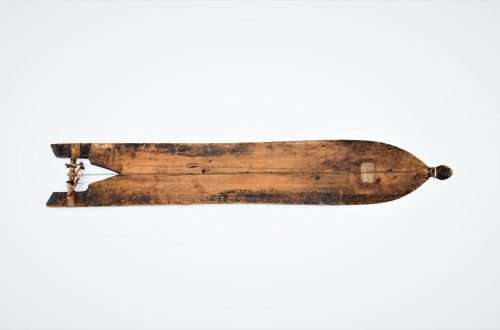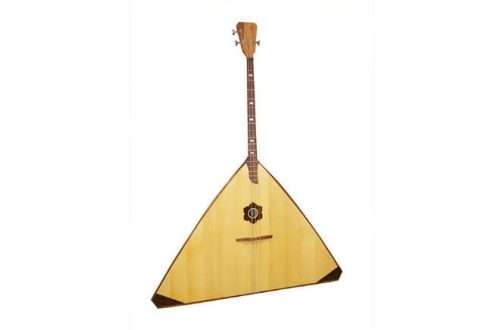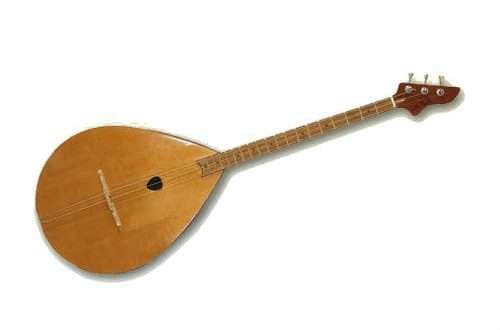
Lute: what is it, structure, sound, history, varieties, use
Contents
The ancient stringed-plucked instrument, which received the poetic name “lute”, is mistakenly compared by many with a modern guitar or domra. However, it has a special structure, sound and history containing interesting facts.
What is a lute
The lute is a musical instrument belonging to the plucked string group. In the Middle Ages, it had a pear-shaped body and several pairs of strings. Among the Arab peoples, she was considered the queen of musical instruments, and thanks to her soft sound, she had a symbolic meaning for many religions. For example, for Buddhists, playing this instrument meant calmness and a harmonious atmosphere in the world of people and gods, while for Christians it meant heavenly beauty and control over the forces of nature.

In the past, the lute was one of a number of “secular” instruments played only in privileged societies. Previously, there was also an opinion that she is “the tool of all kings.”
Structure
In general, over the course of history, the instrument has not changed its original structure. As before, the body of the lute is similar to the shape of a pear and is made of wood. For these purposes, cherry, maple or rosewood is more often used.
The deck has an oval shape, and is also decorated with a carved rosette in the center. The neck does not hang, but is located in the same plane with the body. In different variations, the lute has four or five pairs of strings. It is not easy to tune it, because the musician has to spend a lot of time trying to prepare for the Play.
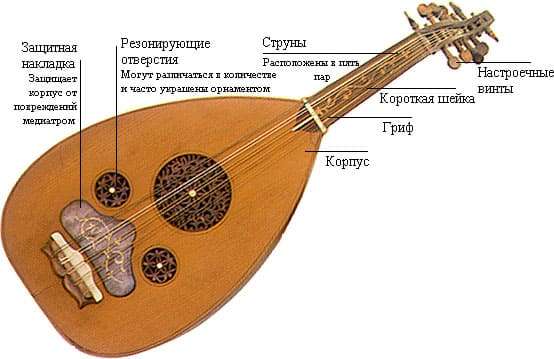
What does the lute sound like?
The sound of the lute is in many ways similar to guitar plucking, but comparing the two instruments, you can find differences. The voice of the lute is distinguished by a special softness, which is difficult to achieve when playing the guitar. Also, professional musicians note the velvety timbre of the instrument and the saturation with overtones.
Thanks to several pairs of strings, the sound of the lute acquires a more reverent and romantic character. That is why artists often depicted her in the hands of a young girl or boy.
History of origin
The history of the origin of the lute is ambiguous. The first prototypes of the modern instrument were actively used in Egypt, Greece and Bulgaria. Also, some variations were found in Persia, Armenia and Byzantium. However, historians have not been able to determine the identity of the first Luthier.
The ancient lute began to spread around the world thanks to the Bulgarians, who made it especially popular within the Balkan Peninsula. Further, by the hands of the Moors, the instrument was transferred to Spain and Catalonia. And already in the XIV century, it spread throughout Spain and began to move into German-speaking countries.

Types
Throughout the history of the lute, its design has undergone many changes. Masters changed the shape of the case, the system, the number of strings, increased the size. Because of this, there are many independent instruments in the world, the ancestor of which was the lute. Among them:
- Sitar (India). It has two resonating bodies, the second of which is located on the fingerboard. A distinctive feature of the sitar is a large number of strings, 7 of which are the main ones. The sound on the Indian lute is extracted with the help of a mizrab – a special mediator.
- Kobza (Ukraine). Compared to the original instrument, the kobza has a more rounded body and a short neck with only 8 frets.
- Vihuela (Italy). The main difference of the vihuela is the sound extraction. Initially, it was not a classic mediator that was used to play it, but a bow. Because of this, the vihuela sounded different than the lute. Its body has acquired the outlines of a modern guitar, and due to the method of sound extraction, it is attributed to the class of bowed strings.
- Mandolin. In general, the mandolin looks very similar to the lute, but its neck is shorter and it has fewer paired strings. To play this instrument, a special technique is used – tremolo.
- Saz is a mandolin-like instrument common among the peoples of Transcaucasia. Saz has a long neck and fewer strings than other plucked strings.
- Dutar is an instrument widely used among the inhabitants of Central and South Asia. The neck of the dutar is longer than that of the lute, so the range of sounds produced is much wider.
Also, Russian domra is often referred to as a type of lute, because. it is the prototype of the balalaika and the mandolin.
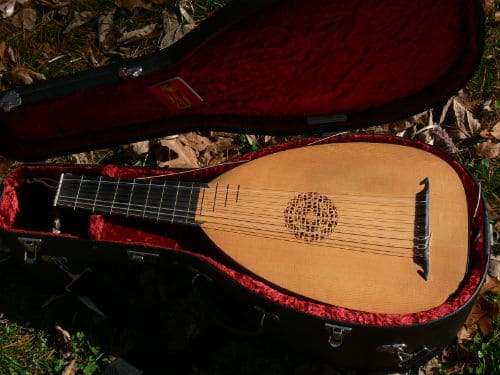
Notable lute players
Since ancient times, people who play the lute have been called lute players. As a rule, they were not just musicians, but also composers. Famous lute composers include Vincesto Capirola, Robert de Wiese, Johann Sebastian Bach and others.
In the XNUMXst century, the relevance of the lute has significantly decreased, but lute players continue to delight the public with their performances. The list of contemporary musicians popularizing this instrument includes V. Vavilov, V. Kaminik, P. O’Dett, O. Timofeev, A. Krylov and others. The lutenists’ repertoire consists of hundreds of works translated into lute tuning, which can be heard not only in solo pieces, but also in ensembles.
The lute is an ancient instrument with a mysterious history. It served as a prototype for many modern plucked stringed instruments, therefore its significance in the world of music is very great. Despite the fact that the lute is less in demand in the modern world, musicians continue to create music on it, popularizing the instrument among listeners.



